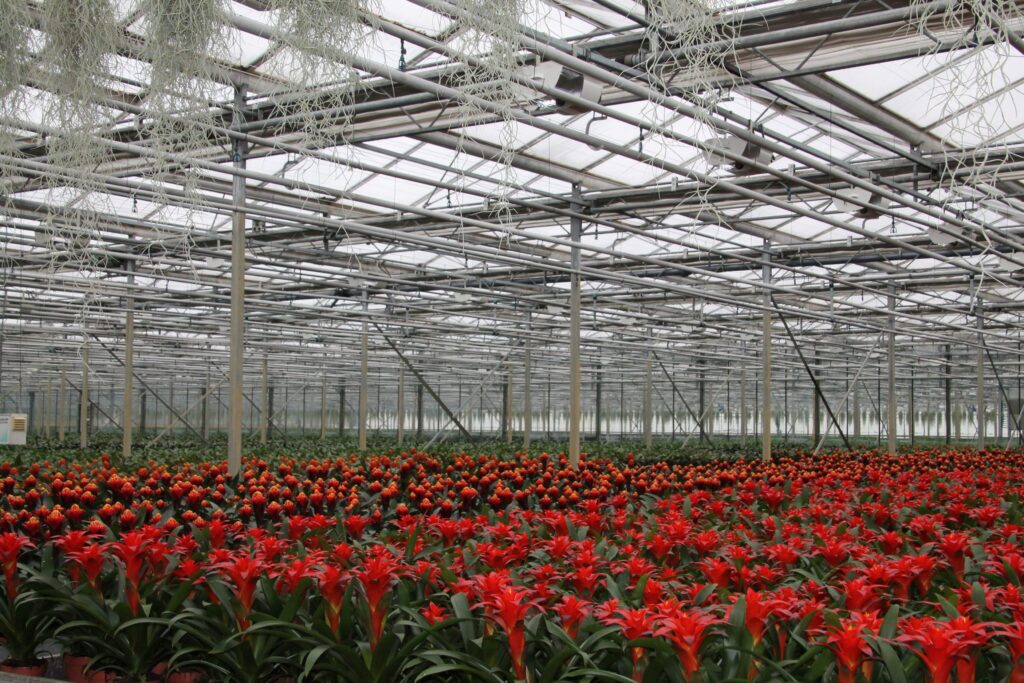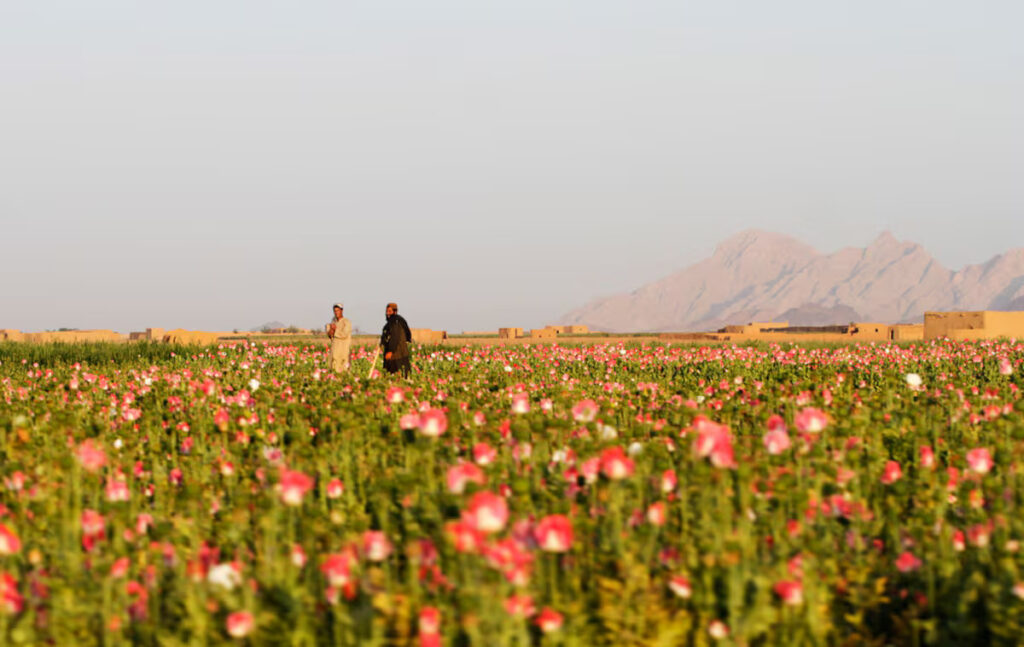The average child requires good nutrition from birth, but the real challenge lies between the 6th and 23rd months, with the child requiring a diverse diet–and not just breastfeeding. The first 1,000 days of a child’s life, often called the “golden period,” are pivotal: by age two, 80% of the brain develops, laying the foundation for lifelong potential. In these early years, access to healthcare, good nutrition, early learning, and a safe environment profoundly shape a child’s future. The World Health Organisation (WHO) has suggested a minimum dietary diversity (MDD) to evaluate the quality of a child’s diet. A study based on the data from the National Family and Health Survey-5 (NFHS-5) data for 2019-21, has revealed that 77% of children between 6 and 23 months in India lack the required diversified diet. The lack of a diversified diet, the MDD as suggested by the WHO, can result in severe malnutrition, leading to severe health complications and developmental issues in the child. The other long-lasting implications may include low immunity, weak learning, delayed motor and cognitive development, poor memory and metabolism, lack of cell growth, and stunting. Despite several encouraging trends, approximately one in every three children is underweight and stunted while one in five children is wasted; even though, over these recent years, NFHS-5 identified marked reductions in stunting rates (38.4% to 35.5%) and MDDF rates fell from 87.4% in 2005-06 to 77.1% in 2019-21. As far as stunting is concerned, comparative studies show that India has higher levels of child stunting rates than Sub-Saharan Africa. The two regions together are home to 44% of the world’s under-five population but account for about 70% of stunted children globally – a key indicator of malnutrition. But, while both have made significant strides in recent years, India’s rate stands at 35.7%, with the average across Sub-Saharan Africa’s 49 countries at 33.6%. To tackle these issues, there is an urgent need to strengthen the public distribution system (PDS), radically increase the Integrated Child Development Scheme (ICDS), utilise local self-government, and mass media and social media campaigns to promote diet literacy and awareness in both urban and rural areas.
Indians increasingly obese even as the country is ravaged by malnutrition: studies

LP Bureau New Delhi
Is obesity the disease of the poor or the disease of the rich? In ancient China, excess body fat was considered a sign of health and prosperity. In modern-day India, according to expert researchers, obesity is the disease of the poor. One researcher said: “Eating junk food is cheaper and easier. For example, the cost of samosas and pakoras available at roadside shacks is less than fruit and vegetables. While it is not nutritious, it is tastier. It is the same as the West, where a McDonald’s burger will cost say a dollar but fresh vegetables much more. This has led to an increase in obesity even among the poor, especially in states that are better off, such as Tamil Nadu, Punjab, and Goa.” The Economic Survey of India 2023-24, tabled by Union Finance Minister Nirmala Sitharaman in both houses of Parliament in July, pointed out that improving the quality of health of India’s young population is crucial. Citing the Indian Council of Medical Research’s (ICMR) latest dietary guidelines, published in April this year, it noted the fact that 56.4% of the total disease burden in India is due to unhealthy diets. The ICMR report observed that the upsurge in the consumption of highly processed foods, laden with sugars and fat, coupled with reduced physical activity and limited access to diverse foods, exacerbate micronutrient deficiencies and overweight/obesity problems. Experts have been sounding the alarm bell over unhealthy diets for several years now, especially in light of the rise in the availability of processed and ultra-processed foods, the lax attitude of the government when it comes to warning labels on food, and the simultaneous spike in food inflation, leading to eating healthy becoming increasingly expensive, and therefore, extremely difficult for many sections of society. Along with the declining prevalence of people who are underweight since 1990, obesity has become the most common form of malnutrition in most countries, according to the paper that analyzed global data estimates. The study was conducted by the NCD Risk Factor Collaboration (NCD-RisC), in collaboration with the World Health Organization. Over 1,500 researchers in more than 190 countries analyzed weight and height measurements of over 220 million people aged five years or older. Both obesity and underweight continue to co-exist. We have also seen, as part of the INdiab study, that both abdominal obesity and generalized obesity are increasing in the population, with of course variations in rural areas.” As per The Lancet paper, in India, the obesity rate increased from 0.1% in 1990 to 3.1% in 2022 for girls, and 0.1% to 3.9%, for boys. In the prevalence of obesity category for girls and boys, India ranked 174th highest in the world in 2022. Among adults, the change was starker: in women, the obesity rate increased from 1.2% in 1990 to 9.8% in 2022, and men from 0.5% to 5.4%. The National Family Health Survey (NFHS-5) data stated that as per the numbers, the percentage of men facing obesity in the age bracket 18-69 increased to 22.9% in NFHS 5 from 18.9% in NFHS 4 (2015-16). For women, it increased from 20.6% to 24%. Notably, there has also been a significant increase in childhood obesity. There has been a spike of 3 percentage points in girls and 3.7 percentage points in boys over the 32 years that the study examined. In 2022, 3.1% of girls and 3.9% of boys were obese. In other words, while 0.2 million boys and 0.2 million girls were obese in 1990, 7.3 million boys and 5.2 million girls were obese in 2022. While obesity is affecting more people, there continues to be a rural-urban divide when it comes to obesity. An analysis of the NFHS-5 data from last year showed that the prevalence of obesity was 31.7% in urban women and 19% in rural women. It was 28.6% among urban men and 18.8% among rural men. Combined with an aging population in some states, obesity presents a concerning situation, and preventive measures must be taken to enable citizens to have a healthier lifestyle. Lack of sufficient physical exercise is also something that has doctors and healthcare experts worried: a recent Lancet study revealed that almost 50% of adults in India engaged in insufficient levels of physical activity in 2022. Far more women in India (57%) were found to be insufficiently physically active, compared to men (42%), the study found. It points out, however, that “the NFHS-5 Survey overlapped with the Covid-19 pandemic. Therefore, with restrictions on outside activities and lockdowns, sedentary lifestyles may have become more entrenched, resulting in the obesity proportion going up much more in NFHS-5. If the trend reverses in NFHS-6, it will be a healthy sign.” Furthermore, the Economic Survey noted the impacts nutrition and therefore health, could have on employment: “For India’s working-age population to be gainfully employed, they need skills and good health. Social media, screen time, sedentary habits, and unhealthy food are a lethal mix that can undermine public health and productivity and diminish India’s economic potential,” it said. It cast some of the blame on the private sector — calling its contribution to “this toxic mix of habits” substantial. “India’s traditional lifestyle, food, and recipes have shown how to live healthily and in harmony with nature and the environment for centuries. It makes commercial sense for Indian businesses to learn about and embrace them, for they have a global market waiting to be led rather than tapped.” It also pointed to what it called a ‘panoply of policies’– by national and sub-national governments — working at cross-purposes with each other and said this was hurting not only farmers’ interests but also polluting the environment and undermining people’s health due to insufficient fiber and protein.
The Economic Survey highlighted two trends that would be decisive for the health and disease profile of the country. Firstly, the government and the public at large need to accord healthy eating and mental health the attention they deserve. Secondly, public health being a state subject, state and local-level governance remain pivotal for the national big-ticket programs to reach the last mile through the ‘path of least resistance.’ If India needs to reap the gains of its demographic dividend, the Economic Survey cautioned, it is critical that its population’s health parameters transition towards a balanced and diverse diet.
Global Heating to exceed 1.5C
Climate experts are overwhelmingly convinced the global average temperature will exceed 2.5 degrees C, poll conducted by British newspaper reveals.

LP Bureau New Delhi
A poll of hundreds of climate scientists conducted by the UK Guardian has revealed a dramatic consensus on the rising global mean temperature. Since the full extent of global warming began to be understood by the scientific community, world bodies have moved resolutions to limit the rise in the global mean temperature to 1 or 1.5 degrees, with scientists warning that any more heat will spell disaster for the world population. Since then, scientific models designed to understand in depth what various levels of global warming have shown that the worst-affected regions of the world will largely be in the Global South, countries with already-vulnerable populations.
Now, the scientists say that many of those grim possibilities will likely come true. 80% of the respondents, who are all on the Intergovernmental Panel on Climate Change (IPCC), anticipate a minimum of 2.5 degrees C of global heating. Still more disturbing, over half predict a rise in the global average temperature of at least 3C. A tiny minority of 6% held that global warming will be limited to 1.5C.
“I think we are headed for major societal disruption within the next five years,” Gretta Pecl of the University of Tasmania told the Guardian. “[Authorities] will be overwhelmed by extreme event after extreme event, food production will be disrupted. I could not feel greater despair over the future.”
Dipak Dasgupta, at the Energy and Resources Institute in New Delhi, said: “If the world, unbelievably wealthy as it is, stands by and does little to address the plight of the poor, we will all lose eventually.”







